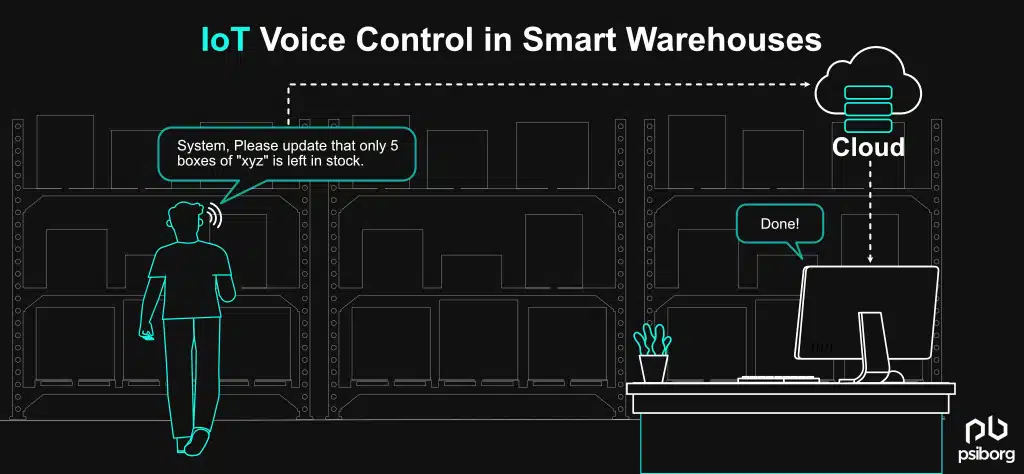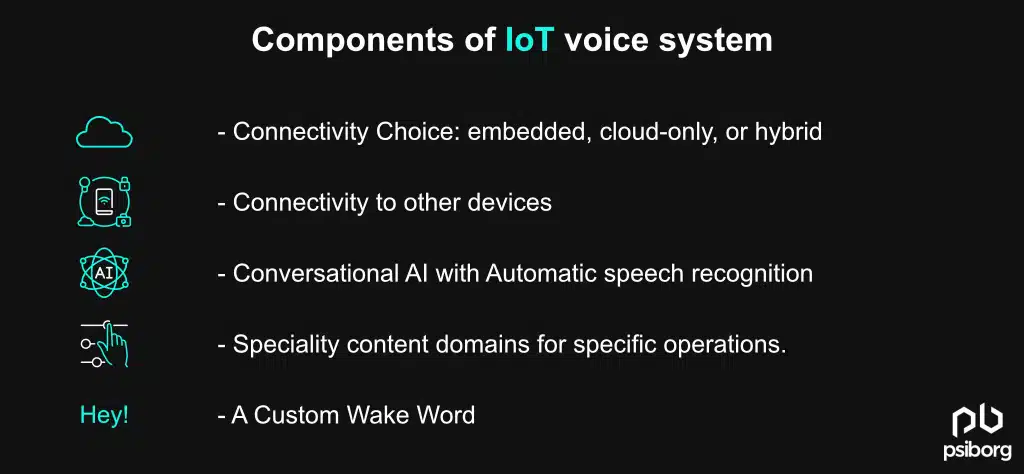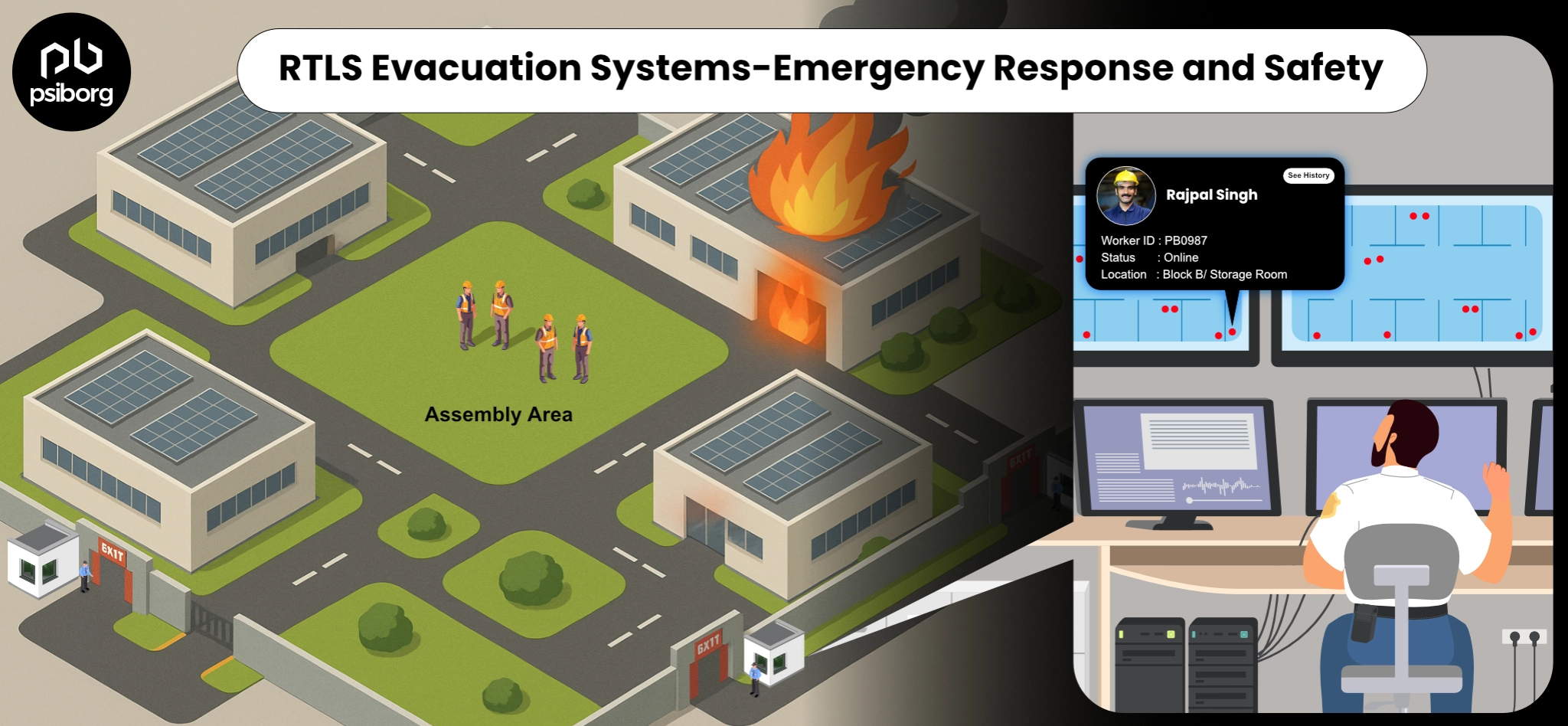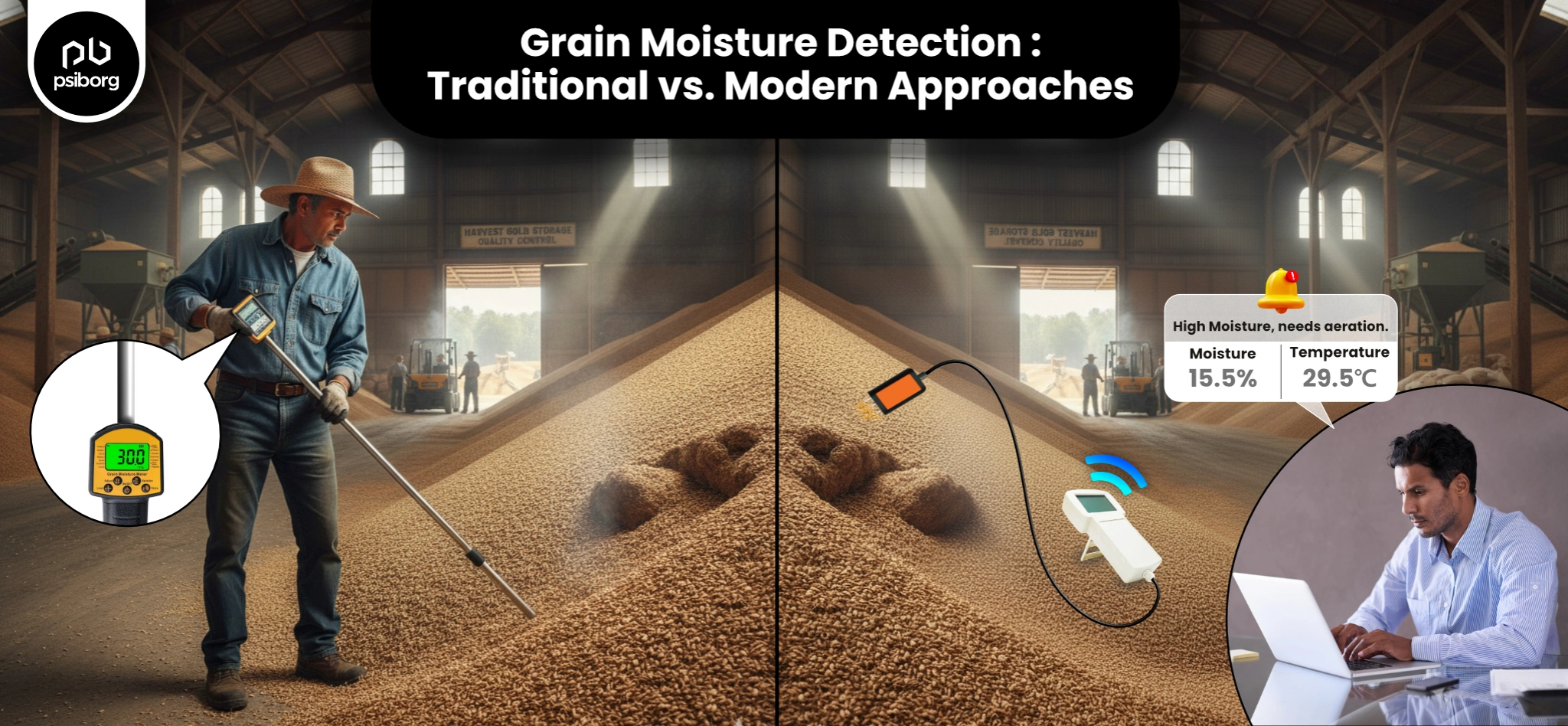IoT voice control has triggered the adoption of Internet of Things technology in our daily lives. If you have a smart TV, smartwatch, or smart lights at home, congratulations! you are using IoT in your day-to-day life.
IoT voice control is a combination of IoT and voice-assisted technology.
Siri was the first to enter the voice assistance field, and later Cortana, Alexa, and Google Assistant also jumped into the field.
Today, we can sync these voice assistants with other IoT-controlled devices such as smart TVs, smart lights, and smart thermostats to get a seamless experience.
As the name suggests, IoT voice control gives us the freedom to remove keyboards from our lives and interact naturally with devices as we generally do with other people.
After all, we humans find it more comfortable to convey our thoughts through voice and will always choose to talk over type.
So, as an IoT service provider who has developed and deployed several home automation projects, let’s discuss what IoT voice control is, how it works, and why it’s on-trend.
WHAT EXACTLY IS IOT VOICE CONTROL?
IoT voice control simply means integrating a voice user interface into an IoT device. Basically a combination of voice assistance (AI) and IoT.
With the use of IoT voice control technology, a user can interact more vividly through speech, and not through type or touch.
Have you seen the “HER” movie?
It’s a movie that actually amazed and baffled me at the same time during my childhood.
Here, actor Joaquin Phoneix works for a company that uses AI to write natural handwritten letters. The male lead one day brings home OS1 (the world’s first artificially intelligent OS) named “Samantha.”
OS1 was designed to adapt and evolve like humans, and it conducts communication through voice commands.
It forced me to imagine unrealistic things (at least, that’s what I thought back then!)
But, look now, it’s no longer unrealistic.
Now, I can just say, “Hey Google! Call Mom,” and the very next second I’ll be talking to Mom.
There is no need to search my phone, open contact, search for a number, and dial.
WHAT DO THE CURRENT STATS HAVE TO SAY ABOUT IOT VOICE CONTROL?
Alexa, Siri, and Google Assistant have become important components of our lives and are extensively used for playing music, checking the weather, getting news updates, searching for queries that you would normally type into a search engine, sending a quick text, and much more.
Still, as an integral part of our daily lives, they are not being utilized to their full potential today. The use cases for voice assistance are still very elementary.
Nevertheless, this tech is thriving in terms of both capabilities and popularity. According to Juniper Research, this tech will be found in all homes and is forecast to jump to 275 million household voice assistants by the end of 2023. This estimation was 25 million in the year 2018, so, it’s a growth of 1000 percent in just five years.
A Statista report says that IoT spending is projected to reach $1.1 trillion by the end of 2023.
Moreover, the growth in the number of IoT and smart home devices is directly linked to the rapid adoption of voice-enabled smart speakers and voice assistants in a variety of products.
Currently, there are 42 billion voice assistants in use all over the world, and this number is growing continuously.
On top of that, consumers are actively demanding hands-free interactions to make their lives easier. Another study done by Adobe states that 94% of customers choose to use voice technology because it saves time and improves their quality of life.
HOW DOES IOT VOICE CONTROL WORK?
The primary working process of an IoT solution is that these devices first collect data and then apply complex algorithms to extract the required information from it. It essentially needs users to have technical know-how about installing IoT services and devices.
However, when IoT is combined with voice assistance technology, the users can directly ask questions and receive intelligent responses, or they can give tasks by simply saying turn on the light, and the system will implement them.
Thus, IoT voice control enables users to control devices and interact more vividly through speech, not touch.
The fact that, no matter how vocal our societies are, it still hasn’t taken over is making me startle.
COMPONENTS OF IOT VOICE SYSTEMS

IoT voice control isn’t one technology, it’s a combination of several technologies. Some IoT devices use only one voice technology. But in order to develop a complete, all-inclusive conversational system that can do both, receive input and give output through voice—the following components should be added to an IoT voice control system.
CONNECTIVITY CHOICE: EMBEDDED, CLOUD-ONLY, OR HYBRID
Based on the customer’s requirements and type of product, there are a range of connectivity options to choose from. If you want to add voice control as a feature or functionality to your system, an embedded-only solution will give users a hands-free interface and the ability to perform specific functions like opening blinds, controlling the AC, or preparing hot baths.
But, if the product’s purpose is to provide information and access to entertainment, then any command isn’t required here. In cases like this, cloud-only connectivity is the right solution. Smart speakers are the best example to understand cloud-only IoT solutions.
If you want to integrate both product functionality and the cloud experience, hybrid connectivity is the best solution to offer always-on responsiveness. Voice-enabled vehicles are a popular example of hybrid devices.
CONNECTIVITY TO OTHER DEVICES
With the increasing demand for smart home technology, the user experience can be taken to the next level through cloud connectivity. As the IoT market is growing, IoT companies have started looking for disintermediated voice solutions to create a voice experience that can grow brand exposure and increase customer connection to build brand loyalty.
So, instead of adding products to a singular master device, customized, branded voice-enabled devices will allow users to command their garden sprinklers without needing to go to the living room to access the master device.
Basically, if “let your home talk to you” is a thing, then this is what it is.
CONVERSATIONAL AI WITH AUTOMATIC SPEECH RECOGNITION
The importance of integrating a voice user interface is that it mimics human voice and understands complex and weird queries. These are the basics of building a good user experience.
With ever-evolving technology, users are also becoming more savvy and demanding more natural interactions with voice AI.
The advanced voice AI technology improves voice user interfaces (VUIs) and can enhance performance such as echo cancellation and noise reduction. The voice assistants in homes, offices, and hotels should create a level of trust among the users and be able to understand accents, imprecise speech, and multiple languages.
SPECIALTY CONTENT DOMAINS FOR SPECIFIC OPERATIONS
As long as a device is connected to the internet, it will live in the IoT sphere. Business Insider states that the number of IoT devices is growing exponentially and that there will be more than 41 billion IoT devices by 2027.
The key to creating successful voice assistants in each IoT industry is customization and singularity of purpose by using specialty content domains to address specific use cases and provide the smartest voice interaction possible.
Custom Wake Word
This component of the voice user interface has gotten a lot of attention, thanks to phrases like “Hey Siri”, and “Hello Alexa.”
Phrases like this trigger the device to actively record a voice command; it is the trigger that starts the interaction.
By incorporating a custom wake word into IoT devices, companies can integrate their voice experience into sonic branding strategies with features like branded wake words.

BENEFITS OF IOT VOICE CONTROL
With IoT voice control, you no longer have to find your phone to press a button to start. With a voice assistant, you can simply speak to the internet.
The IoT voice control technology is removing keyboards from our lives. However, some of the other benefits of IoT voice control are:
– It is easy to connect. We human beings are natural conversationalists, and with IoT voice control, it will be easy for us to connect with machines verbally.
– IoT voice control comes in handy for people with visual impairments.
– One can continue to engage with their regular tasks while connecting with voice assistants. – It is best suited to become a viable option for non-English speaking markets.
– Integrating IoT with voice assistance makes it possible to ask your fan to kindly turn itself on.
POTENTIAL USE CASES OF IOT VOICE CONTROL
Seeing the ongoing trend of voice assistance, IoT voice control is entering almost every aspect of life. Below is the list of industries getting an IoT voice control revamp.
- IoT Voice control in vehicles
- IoT voice control at home
- IoT voice control in hospitals
- IoT voice control in hospitality
- IoT voice control in warehouse systems…and more.
You already are familiar with the use of IoT voice control in the home. Let us tell you about its other use cases.
In an IoT warehouse, the voice-picking system can automatically direct product pickers to the next product. With voice assistance, you can get vice, vision, and speech in IoT warehouses. If the product is damaged, or if there is any exception, the worker can simply announce this fact to the system, and the system will update it instantly.
Suggested Reading: IoT in Facility Management
Similarly in vehicles, with IoT voice control the users can command functions like changing the temperature in the car, increasing/decreasing the music volume, and much more. Beside this, users can also access navigation, and access smart home technology such as lights, all hands-free while driving.
Read More: IoT for Electric Vehicle Monitoring and Management
TO CONCLUDE,
At PsiBorg Technologies, we have all the tools and expertise needed to create custom voice assistance and IoT voice control. We are an IoT service-providing company.
Explore our website and our success stories, and let’s talk.
We will help you build smart solutions for your business.





